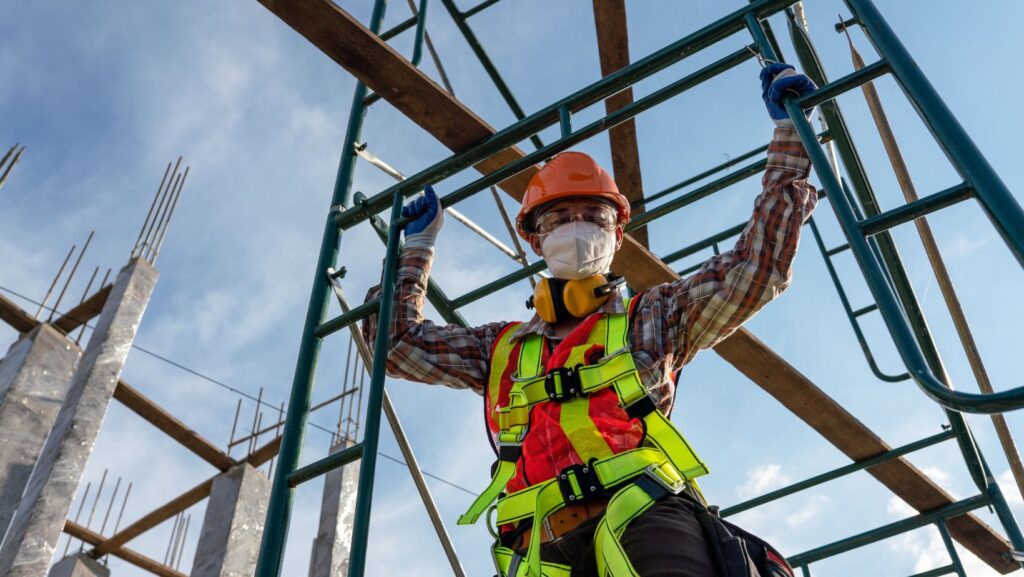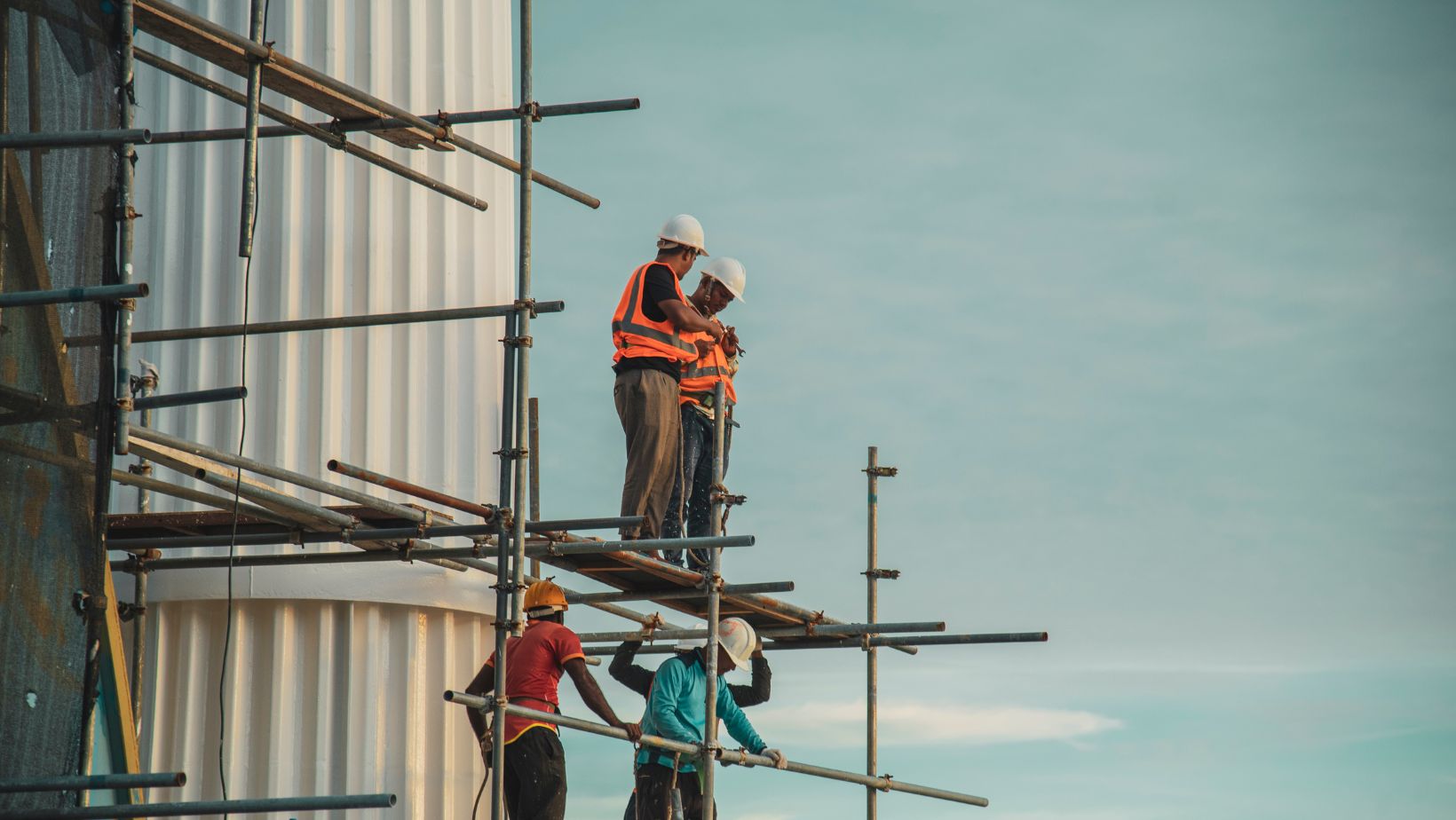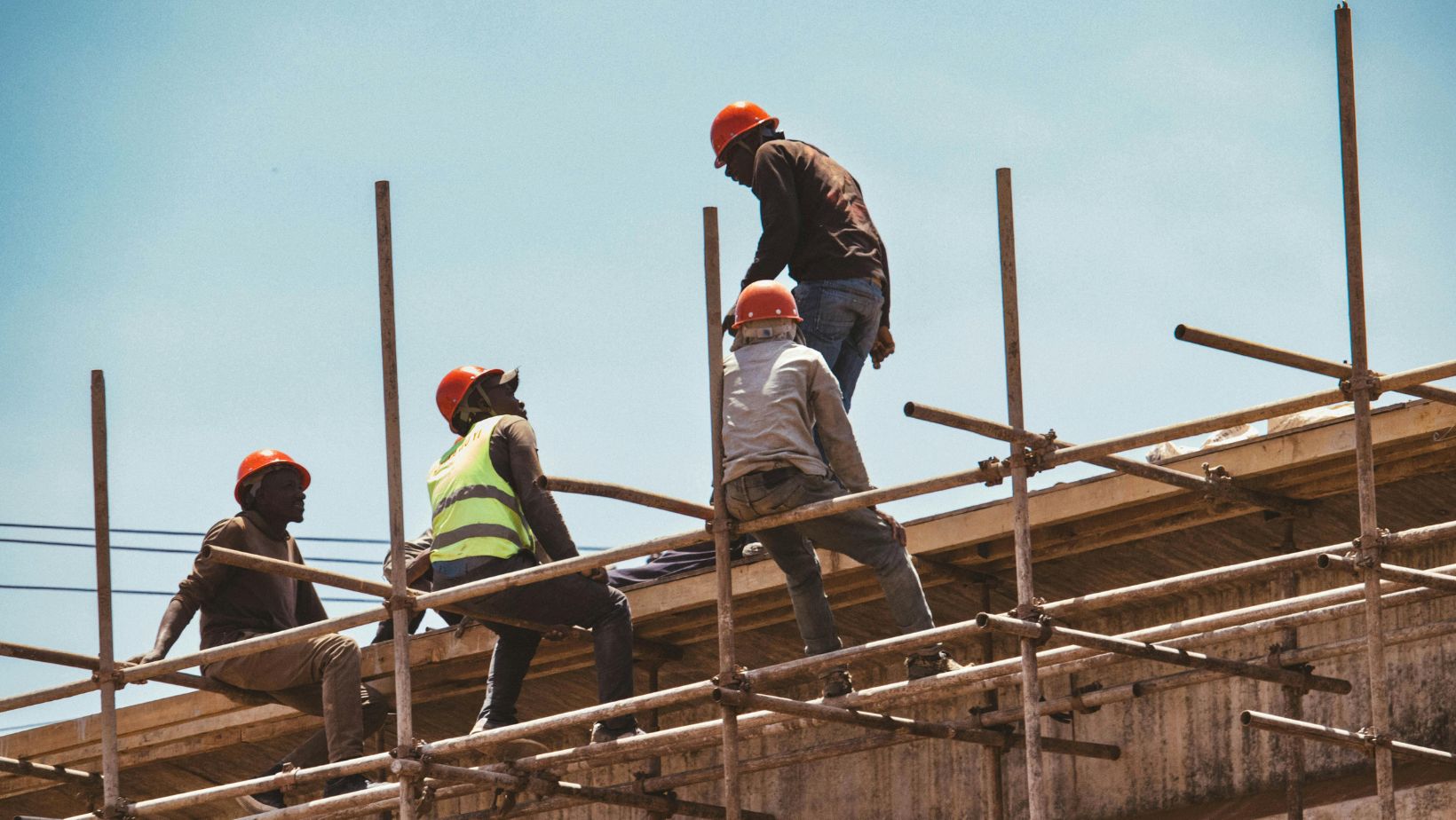Scaffolding is essential when undertaking a construction, renovation, or painting project. It provides safe access, and the support workers need to lift the job at height. But if this is your first time using scaffolding, you have more to think about than just choosing the first provider you come across. Being informed can save you time, money, and risk from the various types of scaffolds to your legal obligations.
Here’s everything you should consider before hiring scaffolding for your next project.
Know Your Project Needs
Every job is unique, and thus, the scaffolding setup should conform to the demands of your particular project. Are you working on a commercial building or a residential property? Do you need internal scaffolding for interior renovations or an enormous external scaffold for works on the exterior? These include height, weight you’ll put on it, where you’ll access it, and how long you’ll use it.
Before approaching a scaffolding company, it’s crucial to understand the job scope required for your project. This will help you avoid using the wrong tools and spending more than you need to, as well as prevent safety concerns.
Select the Appropriate Scaffolding Supplier
Selecting the right provider is just as important as choosing the appropriate gear. Ensure the provider has a good safety record, trained and certified personnel, and good reviews or references from past consumers. You want a team that doesn’t show up with just scaffolding—they should know how to set it up, inspect it, and remove it once the job is done.
You will probably find local companies offering scaffolding hire when looking for a provider. Take your time: Compare the quotes, look at what services are included (do they comply with local regulations and industry standards), and enquire whether they have public liability maintenance during long-term rentals.
Know Safety And Compliance
When working around scaffolding, always prioritize safety. In several areas, scaffolding work is regulated by particular workplace health and safety guidelines. This can mean performing routine inspections, nailing down a secure anchoring process, and ensuring guard rails and toe boards are in place.
Some scaffolding arrangements require licensed professionals to put up and tear down based on the height or complexity of the structure. Before work starts, establish who is responsible for ensuring the scaffolding is safe and up to code. However, some companies include such things in their hire service, while others leave it to you.
Timing and Accessibility Considerations
Scaffolding is not a plug-and-play solution. Setting it up can take time, notably on large projects or where access is limited. Make arrangements with your scaffold hire company at the beginning of your planning to eliminate delays. Also, consider the scaffold’s impact on access to your site—for workers and the public.
If your project site is in a busy or public area, you might need to apply for permits or notify local authorities. A good hire company can often help with this or advise what’s needed.
Final Thoughts
Investing time in scaffolding is investing time in the safety and efficiency of your project, so treat it with the same care you would any significant planning step. By understanding your needs, selecting a credible provider, and prioritizing safety and logistics, you’ll position your project for success from the ground up. Whether your next project is a simple home repair or a multi-story renovation, getting the right scaffolding solution is the key to your success.




More Stories
3479980831: Unveiling the Mystique of Number Sequences
HomeRocketRealty.com: Revolutionizing the Real Estate Experience
Boosting Property Value with Level 2 Electrician NSW: How I Ensured My Home Is Safe and Reliable